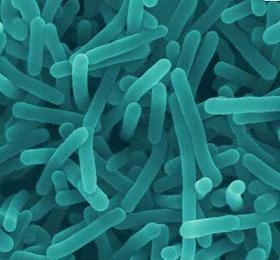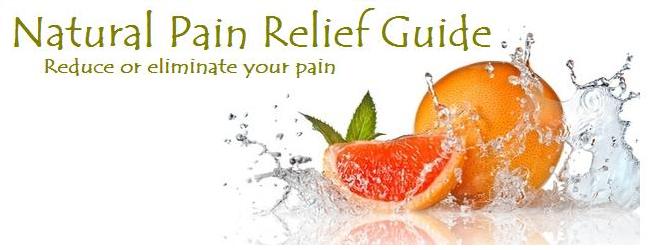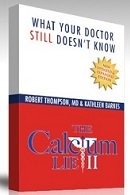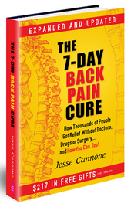|
Listeriosis Symptoms, Risks and Prevention
 Listeria bacteria
Listeriosis symptoms can include:
- fever
- vomiting
- nausea
- cramps
- diarrhea
- constipation
- muscle aches
If the infection spreads to the nervous system further symptoms may occur such as:
- severe headache
- stiff neck
- confusion
- loss of balance
- convulsions
Symptoms of listeriosis may last for seven to ten days. They usually develop two to 30 days after eating food contaminated with Listeria but it can take as long as 90 days, making it very difficult to identify the source of infection. Do you remember everywhere you ate in the last three months? Those who experience symptoms should contact their health care provider immediately. Standard treatment is a course of antibiotics. There are a number of things you can do as natural treatments possible while waiting for conventional treatment or even as a preventive.
Groups at Risk
High-risk groups (pregnant women and those with compromised immune systems) should especially avoid non pasteurized pâtés and foods such as soft cheeses. Yogurt and cottage cheese are considered safe. Infection during pregnancy can lead to miscarriage or stillbirth, premature delivery or infection of the newborn.
Prevention
As with other types of food poisoning, prevention is mainly through safe food handling. This includes washing raw vegetables and cooking food thoroughly, as well as proper storage of any leftovers.
Some tips to minimize the risks:
- Eat more foods as grown. The more processed a food is, the more stages there are at which contamination could have occurred. Besides, a diet high in processed-food will gradually weaken your immune system and your ability to handle bacterial infections.
- Keep food either hot or cold. Bacteria proliferate more rapidly at closer to room temperatures. The danger zone is at temperatures from 4 C to 60 C.
- Keep perishables refrigerated.
- Thaw meats and poultry in the fridge.
- Keep fridges below 4 C and freezers at recommended temperatures.
- Refrigerate leftovers quickly. Using a new, clean container rather than the one the food was cooked in can speed cooling.
- Cooked animal products should be thoroughly cooked (vegetarian eating is less risking and healthier).
- Never use cracked eggs.
- Wash hands before preparing foods.
- Use a separate cutting board for meats and for fruits and veggies. Clean often with 3 percent hydrogen peroxide or bleach.
- When shopping, minimize the time groceries are exposed to warm temperatures.
- Follow "use by" or "best before" dates.
- Use common sense.
|
Keep up to date with
valuable insights into
pain management via
a healthy lifestyle.
Receive the monthly
Natural Pain Relief
Guide Newsletter.
News articles, health
tips, specials, freebies.
Enter your email and name
in the form to the right.
|
|
|









New! Comments
Have your say about what you just read! Leave me a comment in the box below.